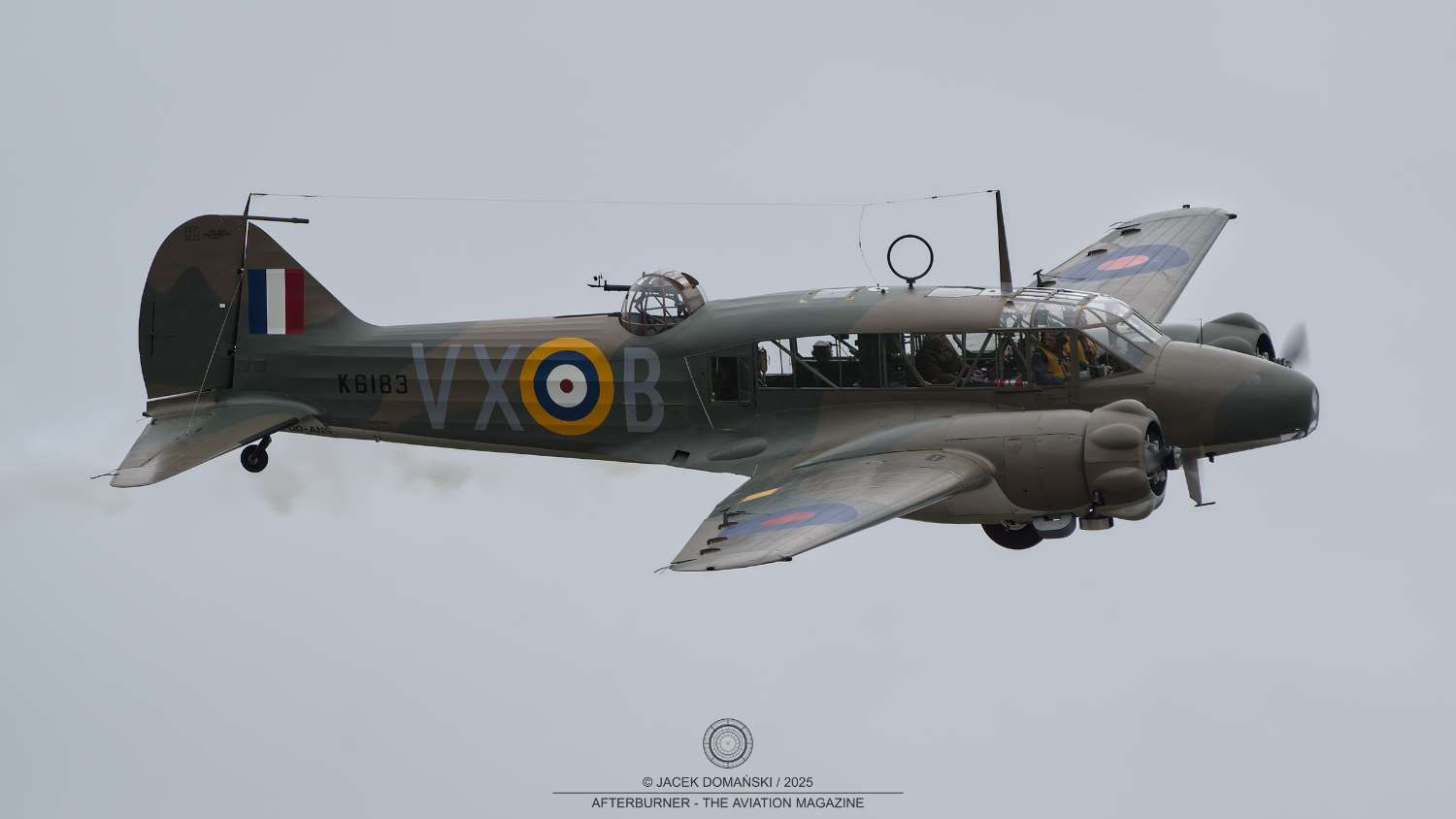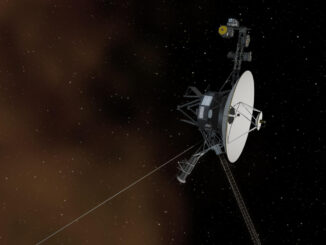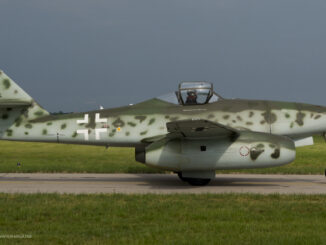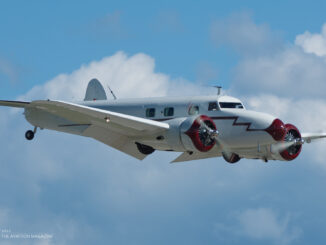 Avro Anson Mk I (c/n MH120, ZK-RAA, formerly MH120 of the Royal Australian Air Force, VH-BLP and VH-BAF), flying display during the 33rd Aviatická pouť (Aviation Fair) air show, Pardubice, June 2025.
Avro Anson Mk I (c/n MH120, ZK-RAA, formerly MH120 of the Royal Australian Air Force, VH-BLP and VH-BAF), flying display during the 33rd Aviatická pouť (Aviation Fair) air show, Pardubice, June 2025.
In 1933, the A.V.Roe and Company (commonly initialised as Avro) aviation manufacturer developed a twin-engine, low-wing monoplane for the Imperial Airways airline. The aeroplane, named Avro 652, was created by construction team led by Roy Chadwick and designed as a light airliner and air mail carrier and
On 7th January 1935, the new aircraft performed its maiden flight. Built in only two examples, the Avro 652 was delivered to Imperial Airways in March of the same year and began regular service on Croydon – Brindisi air route.
At the same time, the British Air Ministry was looking for a cost-effective landplane for maritime reconnaissance duties, able to support effective but operationally expensive flying boats used by the Royal Air Force. The request was responded by several aviation manufacturers but only two aircraft aroused interest of the British authorities – DH.89 Dragon Rapide biplane proposed by de Havilland and Avro 652A, a modified variant of the aforementioned airliner.
Eventually, the Air Ministry ordered single examples of both the DH.89 and 652A, for evaluation purposes. The official contest took place between 11th and 17th May 1935, with Avro 652A announced the winner. In July of the same year, the Specification G.18/35 was issued, purposedly tailored for the Avro aircraft, and the first order for 174 examples of the aeroplane was places. Shortly after, the 652A received its official service name, the Anson.
In March of 1936, the first Avro Anson was delivered to No. 48 Squadron RAF. Until the outbreak of the World War II, more than eight hundred examples of the aircraft were delivered to the RAF and assigned to Coastal Command and Bomber Command squadrons.
Nevertheless, three years of the Anson operations with the RAF already proved the aircraft has limited capabilities to serve as the maritime patrol aircraft. Yet in 1938, the decision was made to replace the Avro aeroplanes with Lockheed Hudson, being superior to Anson in all aspects, but the conversion began only in September of 1939. Like it or not, the RAF had to enter the combat with the Avro Anson in service.
The Anson squadrons were deployed to coastal areas and the North Sea, despite their limited range and short flight endurance of about four hours. In addition, two 100 lb bombs were the aircraft only weapon against the German ships and submarines, resulting in low effectiveness of their attacks.
It was an irony of fate that the first RAF combat loss in the World War II was exactly the Avro Anson aircraft. On 5th September 1939, off the Friesian Islands, the Anson VX-B of No. 206 Squadron attacked a He 115 seaplane and was shot down by return fire, being the first British aeroplane destroyed in air-to-air dogfight during the war. What´s more, the only survivor – Pilot Officer Edwards – was saved by the same He 115 that shot him down a moment earlier. The German seaplane landed on the sea and rescued the RAF pilot. That made Edwards the first British officer taken prisoner of war in the World War II. The other three crew members of the VX-B were never found.
The Ansons were used for combat operations until 1940, although being successively withdrawn from the first line squadrons and assigned to training and transport units. In fact, it was finally the training tasks that the Anson was used for the most during World War II. The first examples of the aircraft were delivered to the RAF training facilities yet in November of 1936.
Over the next years, the Ansons were used to train bomb crews, as well as operated by the Air Transport Auxiliary as ferry aircraft. Although not suited for combat and the MPA duties, the Anson proved to be valuable in training and transport roles, being referred to by their crews as ´Faithful Annie´. Eventually, more than eleven thousand examples of the aircraft were made until 1952, when the Anson production was ceased. The aircraft remained in active service with the RAF by the late 1960s.
Apart from the aforementioned service with the RAF and the ATA, the Avro Anson was also acquired by the Royal Australian Air Force, the Royal New Zealand Air Force, the Royal Indian Air Force, the Royal Canadian Air Force and the Royal Canadian Navy, as well as the United States Army Air Force, where it was designated AT-20.
Although the aircraft was built in more than eleven thousand examples, only five Ansons survived until today in airworthy condition. One of them is the MH120 aircraft, featured within our Photo of the Week series and the sole flying example of the Anson Mk I variant.
The Anson MH120 was built in 1943 and assigned to service with the Royal Australian Air Force. In 1952, the aircraft was declared surplus and offered for sale. Purchased by a private owner and restored, the MH120 took part in pylon air race, starred in Half a World Away television series and for a time was exhibited in aviation museum.
In 2024, the aircraft was purchased by RAF Station Czechoslovakia association. At the beginning of 2025, the Anson came a long way by ship from New Zealand to Belgium, where it was assembled and certified for flying in Europe.
In early June of 2025, the Avro Anson arrived to its new home at Podhořany airfield. Soon after, the aircraft had its European premiere at public aviation event, participating in the 33rd edition of Aviation Fair in Pardubice.



